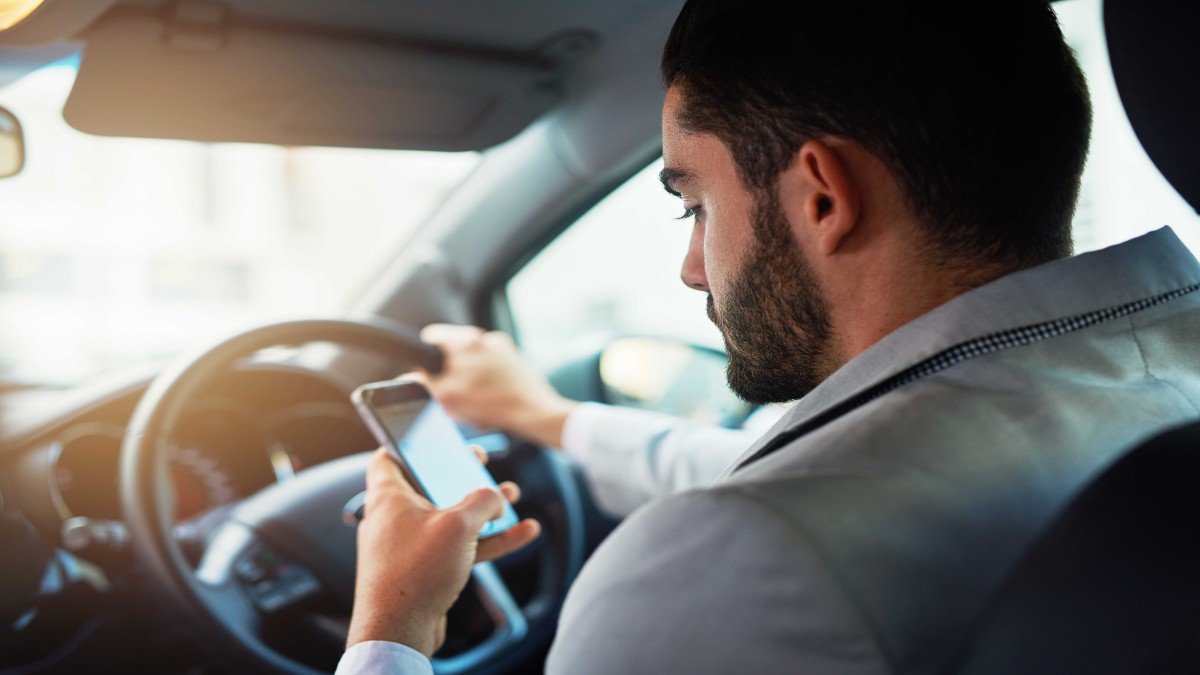You don’t have to live in regional Victoria to be at risk of bushfires. Getting your home and garden ready for bushfire season is essential to being prepared.
The five bad driving habits Victorians just can’t break

As Victoria’s road toll starts to climb again, safety experts say the same five factors are to blame.
As more and more Victorians return to the road, so too do the bad driving habits that are leading to a spike in the state’s road toll.
While Victoria has led the world in road safety in many ways, including pioneering mandatory seatbelts and electronic stability control, RACV senior safety policy adviser Elvira Lazar says certain risky driving behaviours remain stubbornly entrenched among some drivers.
Transport Accident Commission figures for the past 10 years reveal that the same five fatal driving mistakes feature prominently in the state’s serious crash statistics: speed, alcohol and drugs, distraction, not wearing a seatbelt and fatigue.
So how do we change driver behaviour?
To mark National Road Safety Week this week (16 to 23 May), Australian drivers are being asked to make a pledge to “choose to drive so others survive”.
So far more than 41,000 people have made the pledge to: drive as if their loved ones are on the road ahead; to remove all distractions and never use a phone while driving; to not put other people at risk by speeding or driving under the influence of alcohol or drugs; and to protect all vulnerable road users by slowing down and giving them the space they need to be safe.
The campaign, backed by Safer Australian Roads and Highways (SARAH) and the Australian Automobile Association (AAA) among others, comes as 90 lives have been lost on the state’s roads so far this year. It’s estimated that for every one of those killed, a further 30 are hospitalised.
Here’s what we know about the five biggest causes of road fatalities and what we can do to change entrenched risky behaviour.
The five biggest killers on Victoria’s roads

Fatigue is a factor in one in five fatal crashes and 300 serious injuries each year. Photo: Getty




